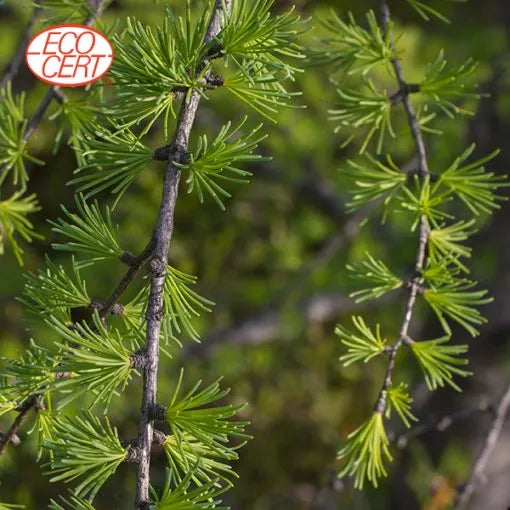


Functions of Larch Taramack – Organic
-
Circulatory system
-
Digestive system
-
Endocrine system
-
Immune system
-
Respiratory system
-
Nervous system
-
Osteoarticular system
-
100% organic
-
Circular economy
-
Directly from the producer in Quebec
-
Respect the Boreal Forest
-
100% Genuine
Origin
History
Learn more
Information
Recommendations
Storage
References
- My bible of essential oils. Montreal, Éditions Caractère.
- Natural Resources Canada: Official Site
- Aromatherapy exactly. Bayeux, Éditions Roger.





